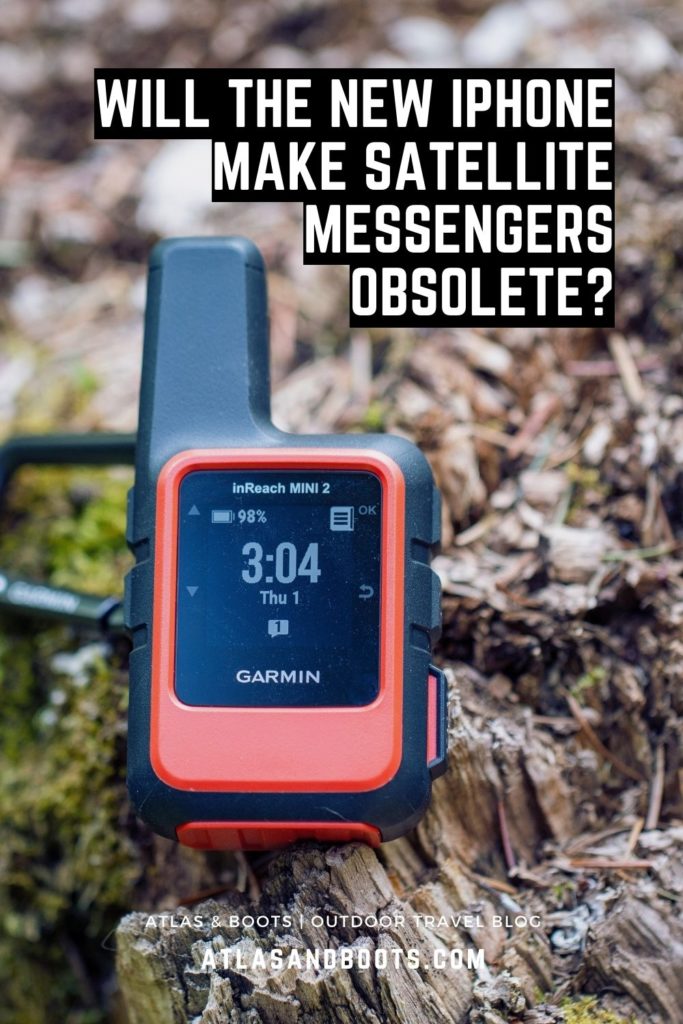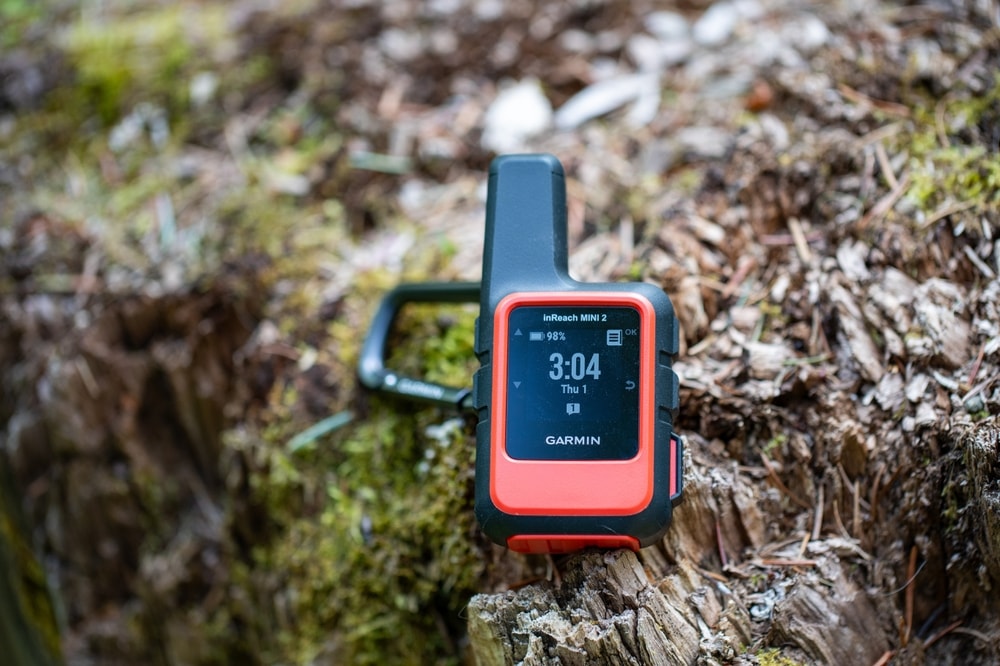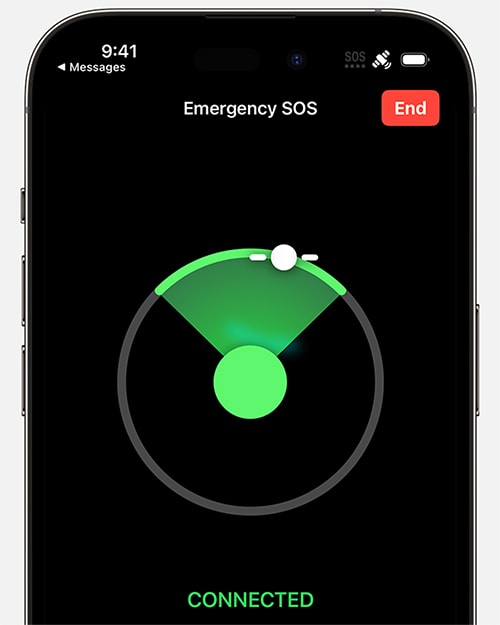Apple’s latest update allows its products to work off-grid. But can a smartphone replace a purpose-built satellite messenger?
In 2019, I was seven days into the eight-day Arctic Circle Trail in Greenland when the trail ahead began to fill with smoke. I had unwittingly walked into the middle of a wildfire during an unprecedented summer in the Arctic.
As I got closer I met another hiker who had been in the vicinity for around an hour and was visibly agitated. He informed me that the next hut could no longer be accessed due to the dense smoke. We attempted to climb over a ridge and into the adjacent valley to continue the trek.
Our plan didn’t work. Once we reached the ridge, we could see the adjacent valley was worse than the one we’d just climbed out of. We were now trapped on three sides by either the fire or thick smoke. On the fourth side, to our rear, was a bank of tall mountains that we weren’t prepared to scale. It was no longer a matter of how to complete the trek but of how to escape safely.
Fortunately, my fellow hiker had a Garmin inReach satellite messenger. Our hand was forced so he hit the button and requested an emergency response. Within an hour we were collected from the plateau by an emergency response helicopter from Kangerlussuaq. Within three hours we were back in Kangerlussuaq, pitching our tents at the small campsite there in the early hours of the stark Arctic morning.

I was back where I had begun my trek seven days earlier but, more importantly, I was safe. If it wasn’t for the satellite messenger, I wouldn’t have been able to summon a rescue as my Android didn’t have an emergency messaging function. I now own a Spot satellite messenger and take it with me into the backcountry every time.
Earlier this year, Outside columnist Grayson Haver Currin reported a similar experience hiking the Continental Divide Trail in the USA. After becoming separated from his spouse, and without a satellite messaging device, he eventually resorted to the relatively rudimentary satellite function on his iPhone to text an SOS message to an emergency responder.
After some back and forth, the responder informed him that his spouse was safe and gave him her location in a nearby trail town. Currin said it was the “most embarrassing and unsettling instant in two years living outdoors” while Outside readers piled in and told him that he should be carrying a Garmin or similar instead of just his smartphone.
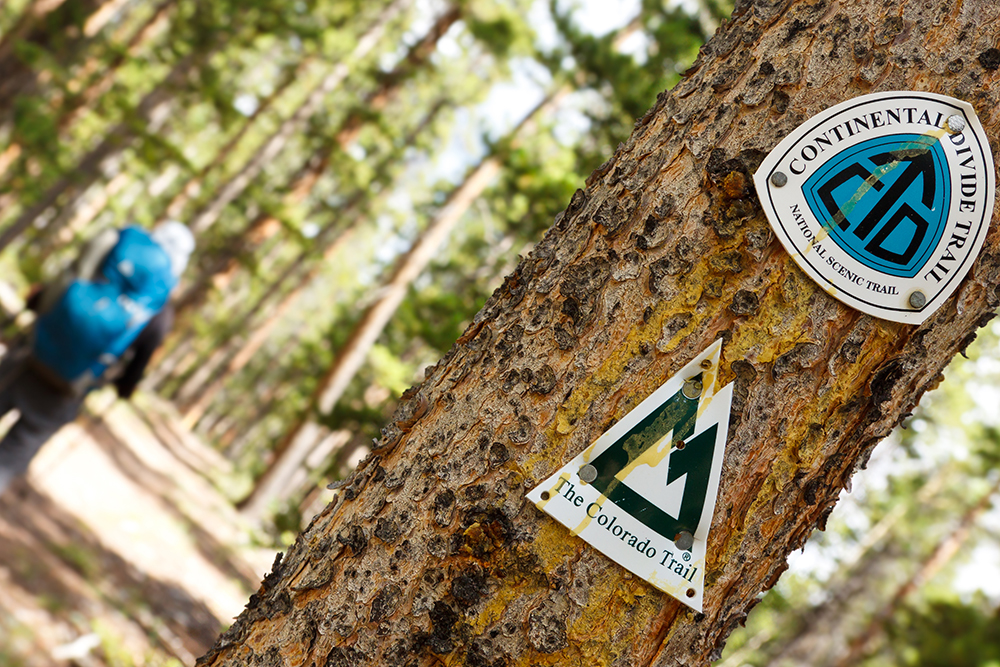
You couldn’t really fault the feedback. Even if one of the hikers had had a satellite messenger, they could have contacted each other or at least confirmed their safety and location. Luckily, this might be about to get easier.
Recently, Apple announced that the upcoming iPhone operating system, iOS 18, will enable users with satellite connections to send text messages to others and not just emergency services.
When the next iOS is released, likely this autumn, anyone with an iPhone 14 or newer will be able to send satellite-based iMessages and SMS messages. In theory, two phones connected only to satellites will be able to text each other. There will be no quota, meaning users can send as many messages as they want. And at least until late 2025 for current iPhone 14, 15 and 16 users, the functionality will be free. As it stands, no future price plan has been announced.
Apple believes it has the satellite capacity to handle the new volume as the service will not support calls, data or certain RCS message features such as read receipts, group chats and visibility of when others are typing.
The announcement sets up a satellite race with Android as Google has also indicated that it too is developing something similar. The real competition, however, is not between Apple and Android but with the likes of Garmin, Spot and similar SOS gadgets that have long enabled satellite communication from the backcountry. Are these outdoor devices now doomed?
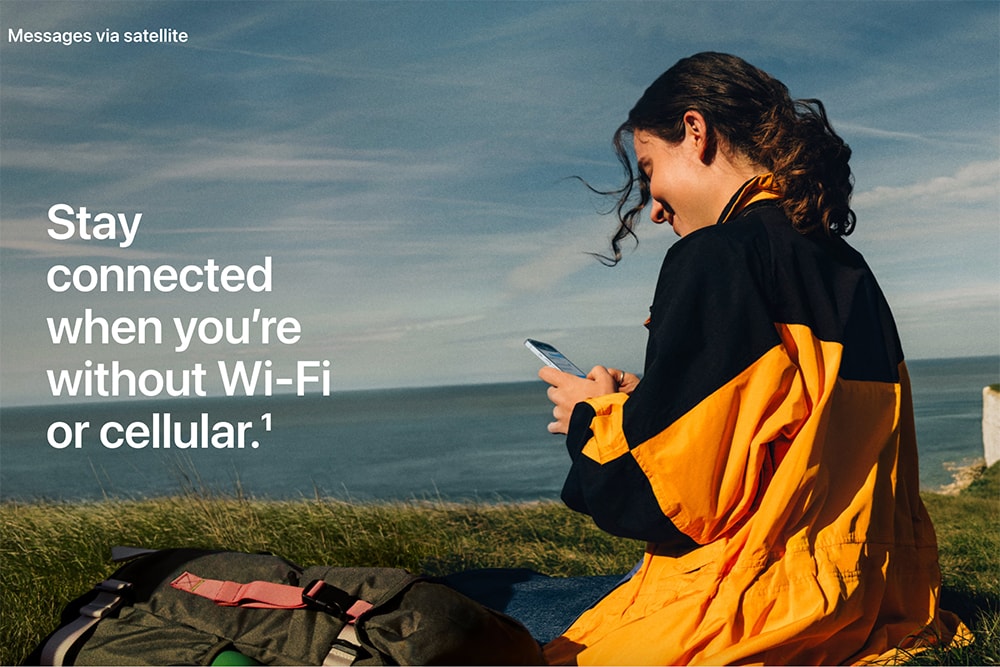
It is worth noting that SOS devices are intended for robust outdoor activity whereas smartphones are not. I have the latest Google Pixel which claims to be water-resistant but it regularly misbehaves when it gets moisture on the touchscreen. Additionally, when it got too cold on Denali recently or too hot in Tunisia last year, it temporarily deactivated.
On Denali, I wouldn’t have wanted my smartphone – which faltered throughout summit day due to the cold – to have been my only connection to the outside world.
“With the satellite capabilities on iPhone 14 or later, you can stay connected with friends and family over iMessage or SMS even without cellular or Wi-Fi service. When texting people on iMessage, you’ll also be able to use key features like sending and receiving messages, emoji, and Tapbacks. And all your iMessages sent over satellite are end-to-end encrypted.”
– Apple, 2024
The Garmin inReach and its ilk are essentially little rubber-insulated bricks, readymade to be dropped, rained on and abused in the harshest environments on the planet. Their batteries last and, perhaps just as important, are separate from that of your phone. As the last lines of defence, they are made to be resilient.
I also work for the UK Antarctic Heritage Trust who, every year, send field teams to conserve heritage on the Antarctic Peninsula. Our base camp manager uses an Iridium satellite system for his comms when his team are camping on remote Antarctic islands for up to six weeks at a time. He’s not about to transition to smartphones for comms anytime soon.
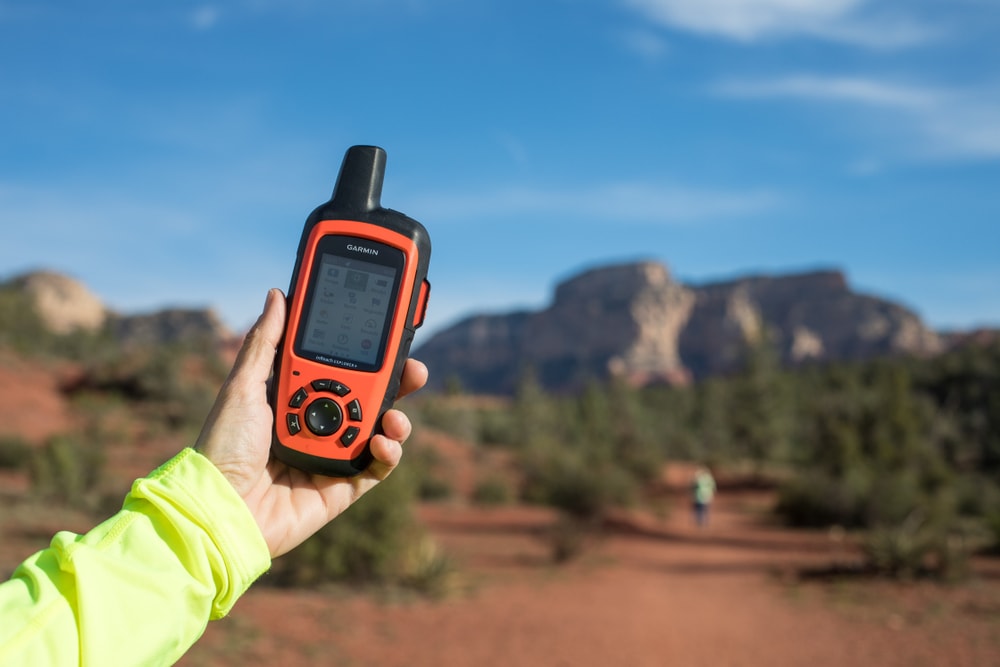
The market is unlikely to be big enough for near-unbreakable iPhone or Android models – something people can take deep into the outback, down a river, up a mountain or into the polar regions without worrying about its capacity to withstand the elements.
From a usability perspective, even though Apple’s new operating system will add hiking trails in national parks to its catalogue of maps, many more traditional satellite-based devices include native topographical maps, route tracking and weather information.
For the short term at least, I think the outdoor satellite devices will stick around. They’re not obsolete yet.
Enjoyed this post? pin it for later…
